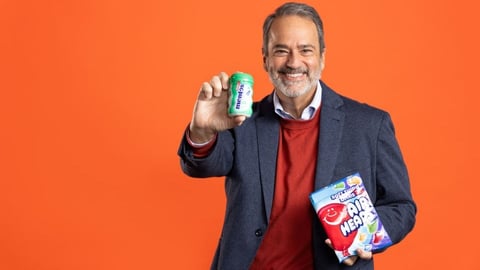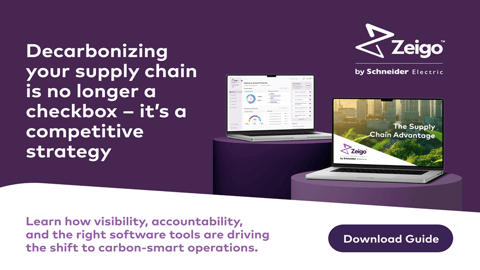5 CPG & Retail Industry Predictions for 2022
There’s no doubt that the past two years have been some of the most challenging periods in recent history for the consumer packaged goods (CPG) and retail industries. Within these industries, the COVID-19 pandemic along with rapidly changing societal forces, consumer preferences and technology trends have sparked new insights and magnified key C-suite concerns including:
- Driving efficiency, visibility and resiliency in manufacturing and supply chain operations
- Innovating to meet consumer demand for more health and wellness benefits from their product lines
- Increasing the sustainability of product and package to hit corporate environmental goals
The global pandemic has also accelerated a wave of trends defined by consumers’ changing demands and needs. Consumers are redefining value in their food and soft goods as “healthy and sustainable.” They are also increasingly focused on where a product is sourced and its eco-footprint.
The demand for e-commerce has risen dramatically stretching global supply chains with disruptions leading to product shortages. Faced with high margin pressures, impending environmental risks, scarce resources and a booming population, today’s CPG and retail companies must transform their business models to win the hearts and minds of consumers and drive profitable growth.
[See also: Sales & Marketing Report]
What does that mean for 2022? Here are some predictions on what we can expect to see:
1. Consumers ultimately vote with their wallets. As they focus on the environment and sustainable lifestyles consumers will increasingly prioritize the eco-profile of a product in their purchase decisions. We are seeing a movement to reward “brands with a purpose”; that purpose being to help create a better world environmentally, economically and from a humanitarian perspective.
2. Skyrocketing middle class growth in Asia will drive massive shifts in demand for certain products, and supply chain resiliency will become increasingly important for sustainable long-term growth. According to a recent discussion report by McKinsey, Asian consumers are expected to account for half of global consumption growth in the next decade, equivalent to a $10 trillion opportunity. In order to manage shifts in supply and demand and keep costs low, CPG manufacturers and retailers will need to quickly model supply constraints and react with speed to any type of disruption.
3. Brands will revisit their portfolios due to commodity price fluctuations and sustainability concerns. The ability to reformulate products quickly will be critical for success in the marketplace. Under pressure to increase the rate of innovation, product labs will leverage artificial intelligence (AI) and scientific models as mainstream tools to drive product reformulation and explore new ingredients.
[See also: Supply Chain Execution Report]
4. North America will prioritize onshoring for manufacturing and companies will focus on upstream and downstream collaboration to improve the value chain, increase operational efficiency and help control costs. This collaboration will focus on connecting directly with suppliers to determine demand, understand supply and coordinate logistics; and on better downstream communication with retailers regarding supply changes.
5. At-home delivery and subscription models will continue to accelerate in North America, putting increasing focus on sustainable packaging and logistics optimization. Everyone agrees that e-commerce requires more sustainable packaging, tailored for new business models, but this goes beyond upgrading unrecyclable plastic.
According to the Ellen MacArthur Foundation, “We must change how we design, use, and reuse plastics. We cannot simply recycle or reduce our way out of the plastic pollution crisis. If we don’t act now, by 2050 there could be more plastic than fish in the oceans.” Packaging for sustainability impacts — and is impacted by — several other trends, all of which require thoughtful responses from CPG companies.
Winning today’s consumer entails more sustainable, smarter, localized and personalized experiences. Progress will mean integrating products, technologies and services with the consumer in the very center of innovation.
Discovering new biodegradable materials, creating more sustainable manufacturing, driving resiliency in the supply chain, implementing intelligent logistics and solving the future of reusable and multi-channel packaging requires a technology platform that integrates the global value chain.
Philippe Loeb is Dassault Systèmes’ VP for the Home & Lifestyle, Consumer Packaged Goods and Retail industries. In this position, he is responsible for helping brands and retailers transform to answer their customers’ growing expectations to accelerate sustainable innovations and lead the world into a circular economy.




